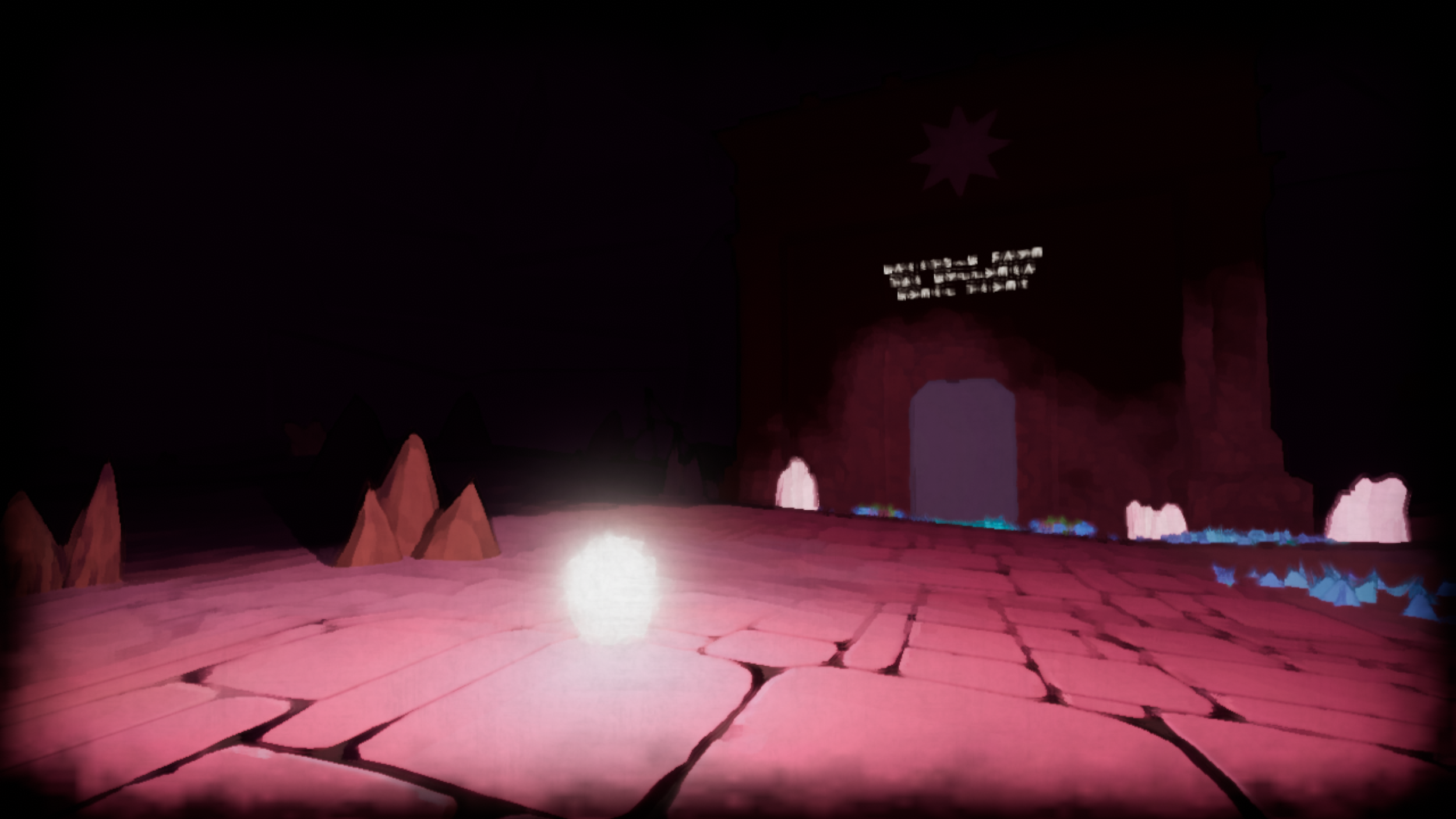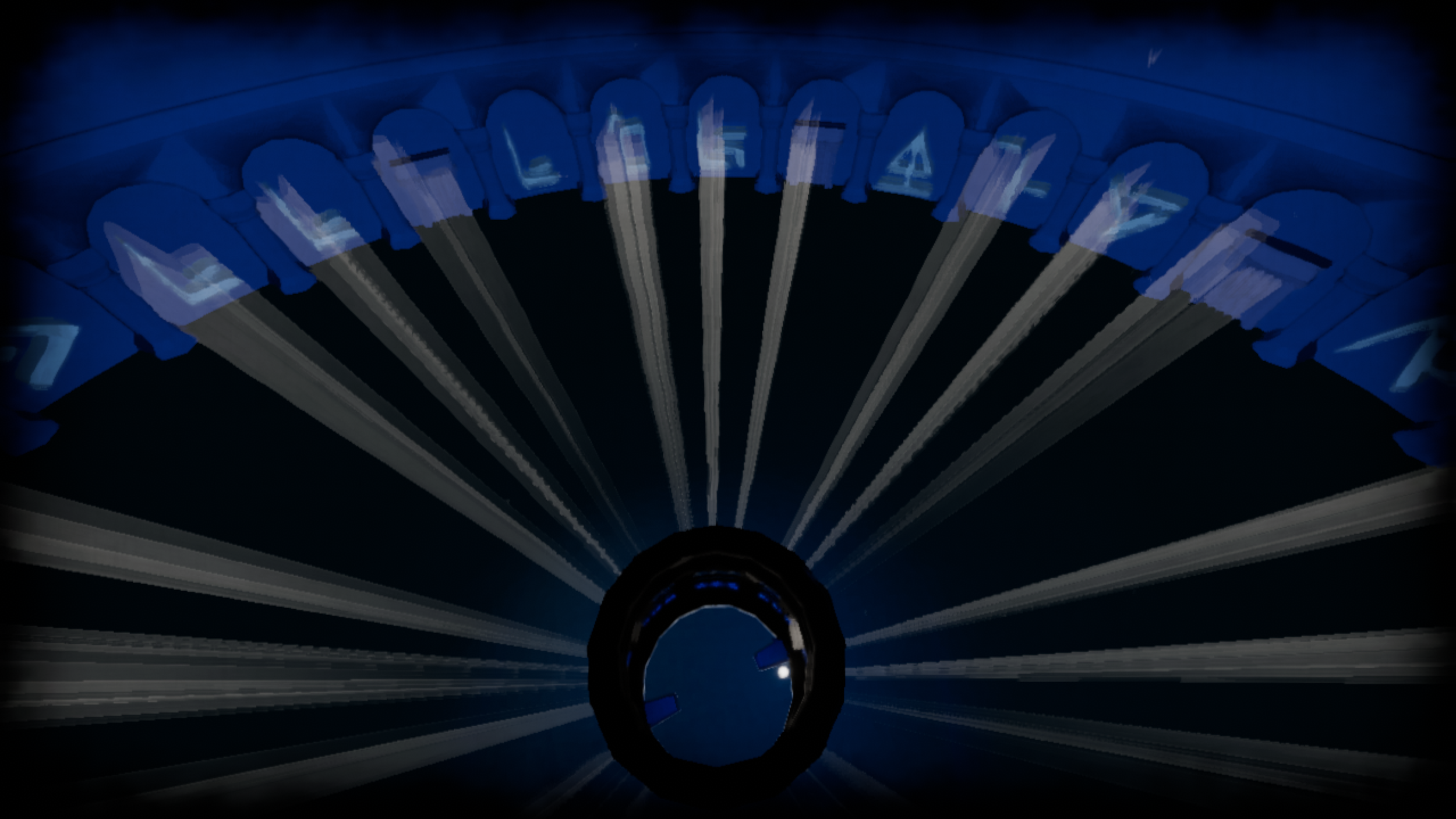Sole is an experimental adventure game about a fallen star living in a world shrouded in darkness. Players can light up the world and bring it back to life as they explore, solve puzzles, and discover what has happened to this mysterious abandoned world. They must help the star find its way back to its home in the night sky.
This game began as a student project and eventually became Gossamer Games’ debut title. I was part of a core development team that ran a successful Kickstarter campaign to fund Sole in 2017, becoming the first group from Drexel University’s Digital Media program to achieve this. The game was then nominated for multiple awards and showcased at several high profile events during its development. Some highlights include the Smithsonian’s SAAM Arcade in 2017 and the Independent Games Festival (held at GDC in San Francisco) in 2019.
Sole’s attention created opportunities for Gossamer Games, a young studio at the time, to secure work with high profile clients like the Science History Institute in Philadelphia, PA - check out my work on that project here!
THE CAVE
Sole begins in a shrine deep in the mountains
Progress by exploring
and solving puzzles








MY WORK ON SOLE
I worked on Sole for nearly the entire duration of production, and at times was the only artist on staff for both 2D and 3D tasks. I hand modeled the vast majority of the landscape pieces in the game. This includes various rocks, trees, mountains, ground pieces and bodies of water. My focus was supposed to be on environmental models but I also UV mapped and textured much of the game’s architecture after another 3D artist needed to leave before production was complete.
Additionally, I often filled a Technical Artist role and contributed to assembling several of the game’s environments in Unity. This is especially true for the Mountain City level (pictured just below).
I also contributed to a fair amount to the marketing of the game by attending conventions to showcase a demo of the game. I would network with other companies, hand out fliers and business cards, and run live playtesting sessions. I also designed nearly all of the game’s promotional materials, from the team’s business cards to the banners hanging at the company’s booth at events like GDC and PAX East. I had a heavy hand in the Kickstarter campaign as well and designed many of the graphics needed for the campaign’s webpage.
MOUNTAIN CITY
This was the first level the team developed, and was used as a demo for all public events and conventions.
The player is shown a large lighthouse in the distance as soon as they leave the star’s shrine in the cave. The final goal of the game is to reach this lighthouse.
Beginning with Mountain City, each level of the game has a lighthouse that is locked. The player can unlock it by lighting up specific objects in the environment to solve a series of puzzles. Illuminating the lighthouse will progress the game to the next level. The star’s light will also reveal hints about the history of the world and the people who used to live in it.











THE RIVER
The third level of the game sets the player on a constant course forward. They cannot stop or go backward, and the path is winding.













ATLANTIS
This is the largest level in the game. It features a cathedral, a residential neighborhood, and a downtown district with restaurants and an open air market.
















THE LIGHTHOUSE
After completing the Atlantis level, the player is met with a cutscene of the city getting hit by a storm. The city floods and the star begins to drown.
The star eventually washes ashore in the rain. It is weakened but there is a cave ahead to take shelter in - this is the last stretch of the star’s journey to the final lighthouse.







THE SECRET OF SOLE: THERE IS NO LIGHT
Sole’s biggest secret is that there are (nearly) no lights in the game. The game actually uses vertex painting to “light” up the world.
A simplified explanation is:
Every single material used in the game has two color palettes saved to it: unlit and lit. All of the materials are set to start off the game as their unlit color palette. These are all set to be dark colors that are close to black. When a player passes through an area and the star’s collider touches a vertex on a model, that model’s material tells the faces in the area surrounding that vertex to change to be the lit color palette saved to that material. The edge between “lit” and “unlit” sections is sometimes jagged and noticeable due to Sole’s low-poly model aesthetic. Making the edges as smooth as possible and setting all of the colors for each material was largely my responsibility.

